When I was first diagnosed with anal cancer I felt hopelessly trapped. My anguish and restlessness as I waited for my treatment plan to unfold was almost unbearable. During that challenging time something came into my life that allowed me an escape – The Office.
I’m not much of a TV watcher, but I will always have a special place in my heart for the actors on that show, especially Meredith.
During that dark time, my son, Craig, arrived with some DVDs. He knows my sense of humor. “You’ll love this,” he assured, as he forced his restless mom to sit.
At that point everything reminded me of my predicament, except this show. The goings on had nothing to do with anything I had ever known. I could watch it and have no “triggers” to bring me back to my unpleasant reality.
“Would you like to watch the next season?” my son would say as he loaded another DVD. I love him for knowing what I needed, and I love every character that gave me something to look forward to – an escape into serious gut-wrenching laughter. They helped me heal.
On Wednesday night, at The Farrah Fawcett Foundation Fundraiser, A Tex-Mex Fiesta to benefit Stand Up To Cancer I got tell Kate Flannery how grateful I was, how grateful I still am!
Oh yes, and I had the pleasure to meet George Hamilton. But that’s another story.
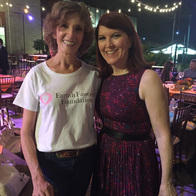
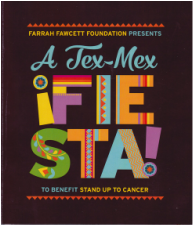
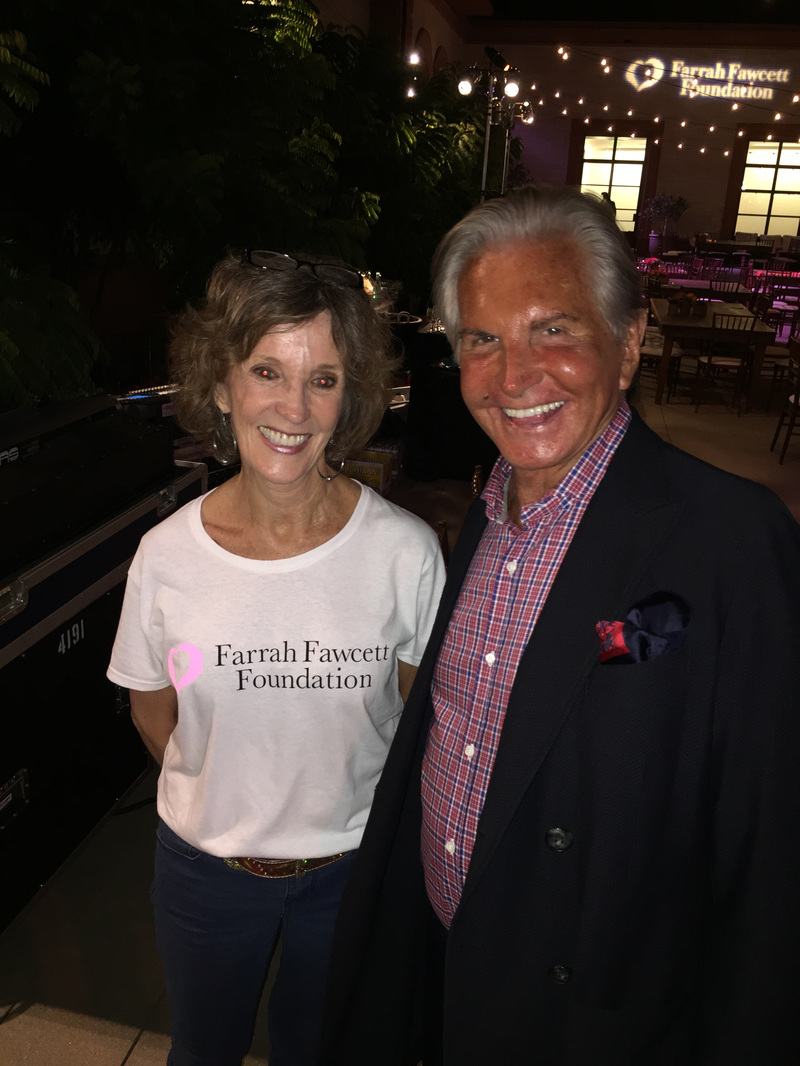

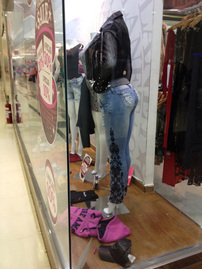
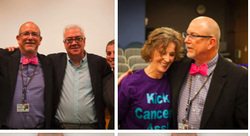
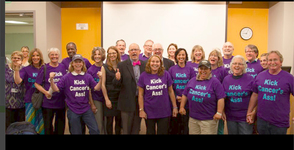
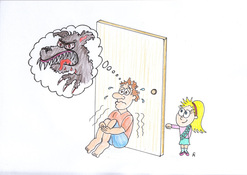
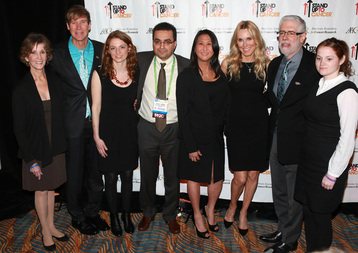
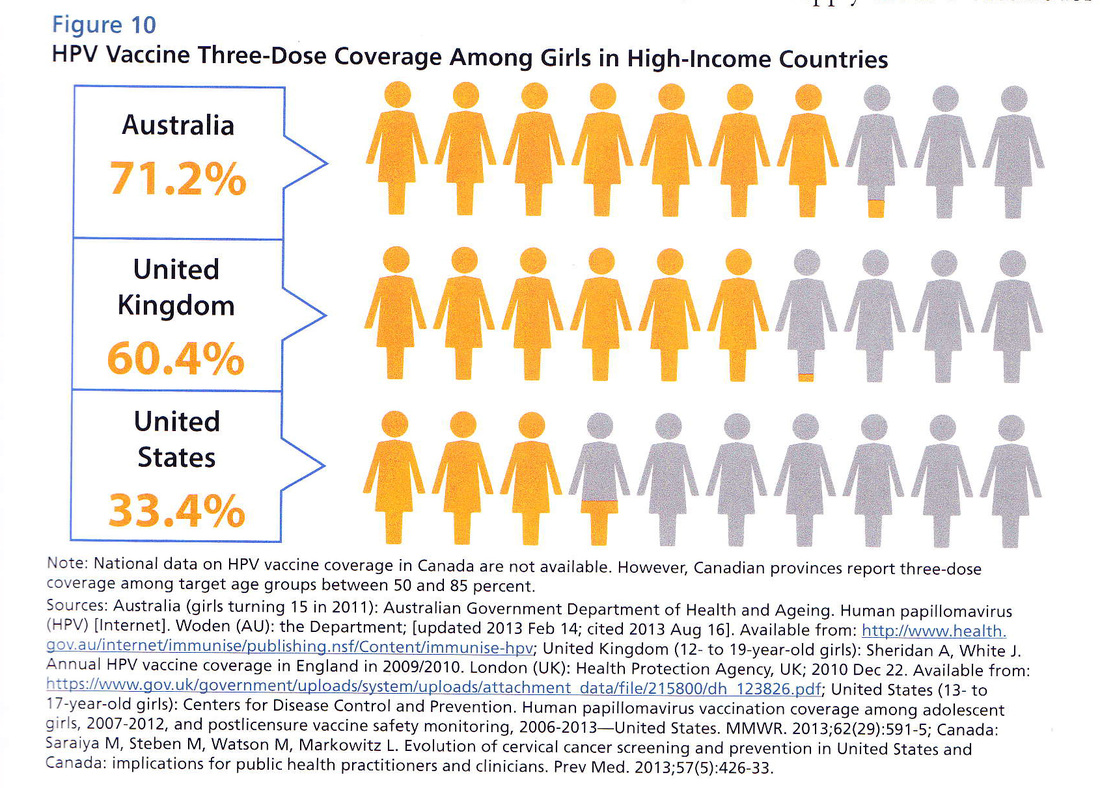
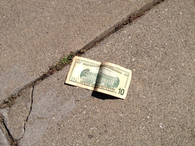
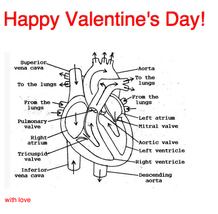
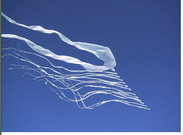
 RSS Feed
RSS Feed
